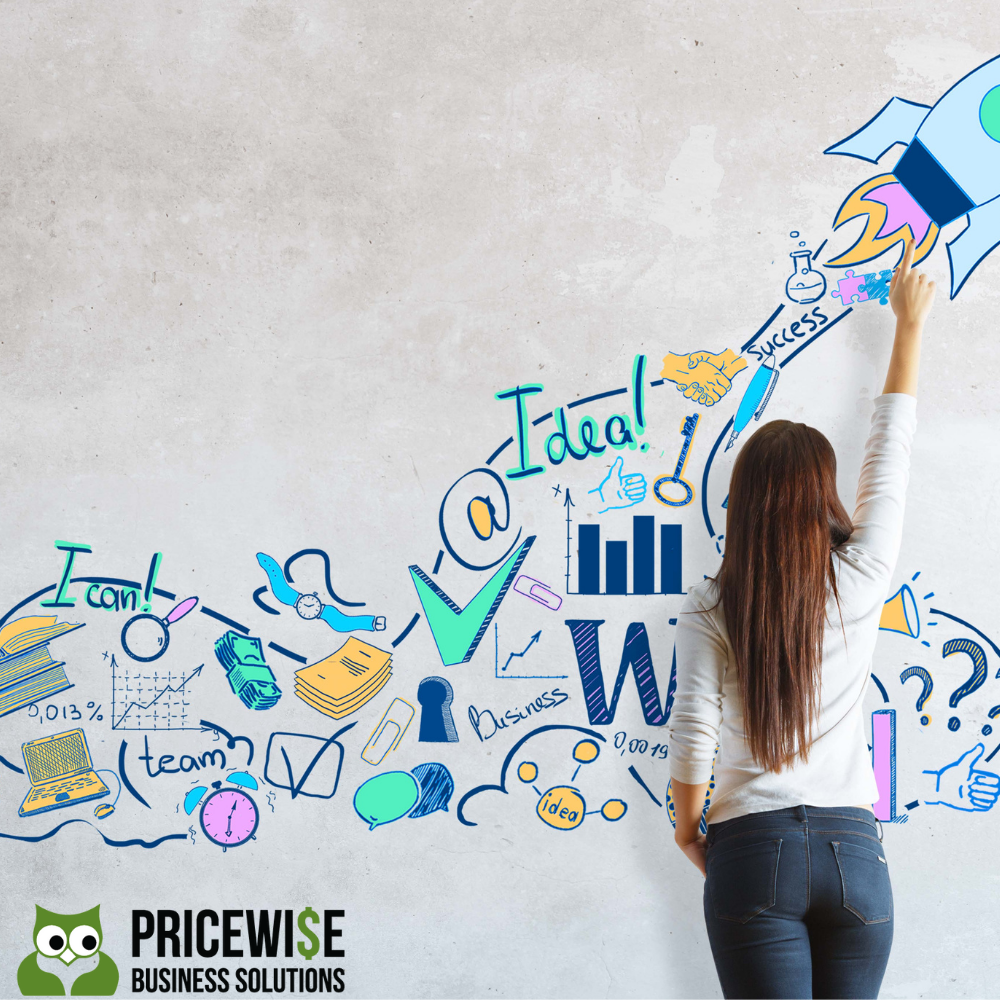START TODAY! Your Path to Starting Your Own Business.
There has never been a greater time in history to start and own a small business. Advancements in technology have made it easier and easier for entrepreneurs to get started with very little startup cost.
So, you have an idea and want to start your own business. First things first, you need to design a business plan. I know that sounds like a huge task, and in some respects, it is. You might start out with a Lean Canvas plan. A Lean Canvas Business Plan (aka Lean Startup Method) is a one-page business plan that helps to identify key components of your business for the purpose of getting the business up and running. The same method can be used to implement new products or services as your business grows.
How to Create a Lean Business Plan.
Start with a brief, high-level description of your business product or service. This is just a single sentence about what your business does. Be sure to consider your customer’s viewpoint or experience. Example: We help businesses stay on track with their daily bookkeeping.
Now let’s break that idea down. First, we need to determine our target market. Who is your ideal customer?
List the top 3 problems that your service/product addresses and then list your competitors and what products they offer that are similar.
Now bring those three things (customer, product, competition) together to determine your unique value proposition. What do you offer that will drive customers to your door? Next, think about a reference point that describes your product/service. Example: We are your one-stop shop for all things related to your business.
In the Solutions step you’ll list how your product or service addresses each of the problems you identified in step three.
Next, you’ll look at channels for how you get your product to your customers. Will you sell through other retailers or direct to the customer? Will you sell through a website or email marketing? How will you market your product/service to your customers? How will you find your ideal customer?
Moving on to the financial parts of the business, let’s consider revenue streams. What are your revenue streams? This might be the products you sell, or the services you offer, but it can also include side sources of income like shipping fees, or software integrated with your services.
The second part of the financials is your cost structure. Now, there are both fixed and variable costs to your business. Variable costs are those related to your product/service and as the name suggests they increase or decrease based on the number of products/services you sell. Your fixed costs are the ones that you will pay every month regardless of products you sell. These include rent, salaries, utilities, legal services, travel, etc.
Now, to really know how your business is tracking, you need to establish some key metrics. These metrics will help to show how your business is performing and the effectiveness of your marketing. You might need to know how many service proposals convert to a sale. If you sell your product online, how many web visitors make a purchase. What is your average sale?
Lastly, the unfair advantage. This is something unique to your business and how you’ve combined all these pieces. It might be related to technology, or just your personal approach to the services you provide.
So, that’s the lean canvas. Now, having these components sorted isn’t the end – it’s just the beginning. Now you’re ready to test each of the components by implementing them in your business.
Until next time – Life is an adventure, and it’s better with friends like you.

